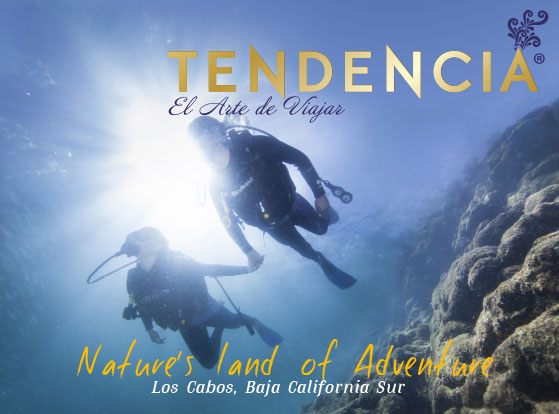la Quienes escribieron sobre los tres
principales grupos situados en la Península coinciden en rasgos
sobre
situación geográfica, costumbres y religiosidad, entonces el eco de la historia
a través de la pluma
y tinta
de los escritores dice: “Partiendo de la zona más al sur, los pericúes estaban
distribuidos desde
Cabo
San Lucas hasta una línea que se inicia en Todos Santos y termina en el Golfo
pasando al sur de San
Bartolo
(a los 24º, parte austral) y en las Islas Cerralvo, hoy Jacques Cousteau,
Espíritu Santo y San José.
The ones who wrote about the three main groups located in the peninsula
agreed on geography situation, customs, and religiosity.
The echo of the story through the writers’ pen-and-ink says: The
Pericúes, in the southern area, were distributed from Cabo San Lucas to a line
that starts in Todos Santos and ends in the Gulf passing
at the South of San Bartolo (24º southern) and Cerralvo Islands,
Espiritu Santo, and San Jose. The Guaycuras from the Pericú area until Loreto,
remaining on their territory Cochimí people (from 23
parallel to 26 parallel); finally the Cochimíes occupied the northern
area, from San Javier and the Purísima up to the northern tip of the peninsula,
from Loreto including (25° to 33°) and the Pacific islands.
Los guaycuras desde el territorio pericú hasta Loreto, quedando dentro de su territorio gente cochimí (del
paralelo 23 al paralelo 26) , por último, los cochimíes ocuparon la parte septentrional, desde San Javier y
la Purísima hasta el extremo norte de la Península, algunos en Loreto inclusive (de los 25º a los 33º) e islas
del Pacífico”. En cuanto a su aspecto físico “eran de rostro y color similar a los mexicanos, cabello grueso,
largo y negro, barba escasa y sin bello en el cuerpo, frente estrecha, nariz poco gruesa, dientes blancos, de
boca y orejas regulares, robustos de complexión, saludables, resistentes, grandes corredores y nadadores,
no se les conocieron deformidades físicas. Su color era oscuro en los litorales y castaño claro en el resto de
la Península, gente de buena presencia, ágiles y bien proporcionados”, así lo señalan algunos misioneros; también se escribió acerca de su bajo nivel intelectual y por ello fueron juzgados de manera denigrante; aunque coinciden en que su estado cultural era desastroso, no se piensa así de sus antepasados que a través de petroglifos y pinturas rupestres halladas en Cabo Pulmo, San Borjitas, San Fernando y otros lugares, nos hablan de hombres con un mayor desarrollo.
Some missionaries establish that indians had face and color similar to Mexicans; thick, long and black hair, little beard and hairless body, narrow forehead, little thick nose, white teeth, regular mouth and ears
and robust complexion, they were healthy, strong, good runners and swimmers, and had not physical deformities. They were dark brown in coastal zones and in the rest of the peninsula were light brown; they
were people of good presence, agile and with harmonious bodies; it was also written about their low intellectual level and therefore they were tried in a disparaging manner, although agreed that their cultural
state was extremely bad. On the other hand, their ancestors were men with more development due to the petro glyphs and cave paintings found in Cabo Pulmo, San Borjitas, San Fernando, and elsewhere.
Su
conocimiento en torno a la aritmética era elemental, la mayoría podía contar
hasta 5, los más inteligentes llegaban a 20, cuando querían referirse a una
multitud echaban puñados de tierra al aire y soplaban al cielo, lo mismo hacían
cuando estaban contentos.
“Desconocían
el arte de la alfarería. Su manufactura se reducía a redes a las que les daban
diferentes usos, eran excelentes en el arte de la cestería. Fabricaban barcos
eficientes con troncos y para ciertas actividades usaban conchas. Sus alimentos
eran tostados o asados. El atole lo hacían moliendo semillas de mezquite y
otras leguminosas que mezclaban con agua dentro de cestas de varas, echaban
sobre la mezcla piedras calientes al rojo para lograr su cocción. A pesar de su
bajo nivel cultural nunca llegaron a comer carne humana, no tenían el vicio de
la embriaguez, pero si el de fumar. Tampoco acostumbraban cultivar la
tierra
ni criaban animales, no conocían de arquitectura, vivían a la intemperie y
sobre el suelo, se guarnecían bajo los árboles y en las noches de invierno en
cavernas; dormían en especies de enramadas o en hoyos en la tierra como de
medio metro de profundidad.











0 comentarios:
Publicar un comentario